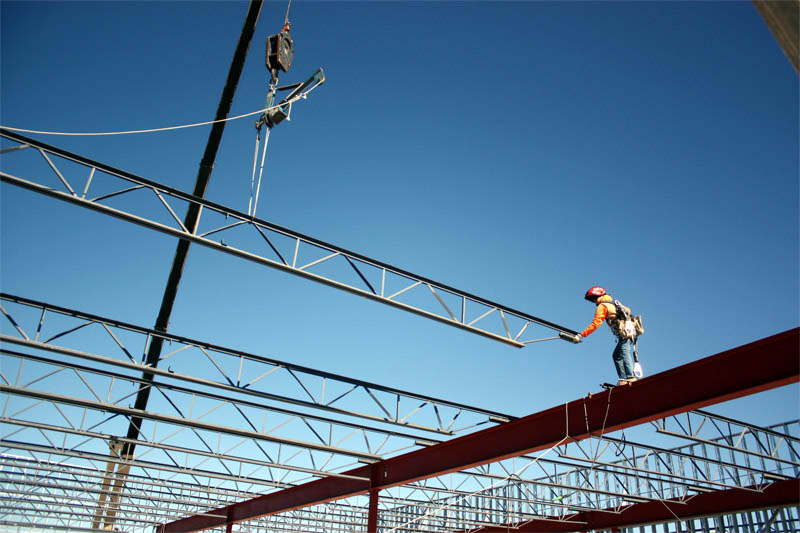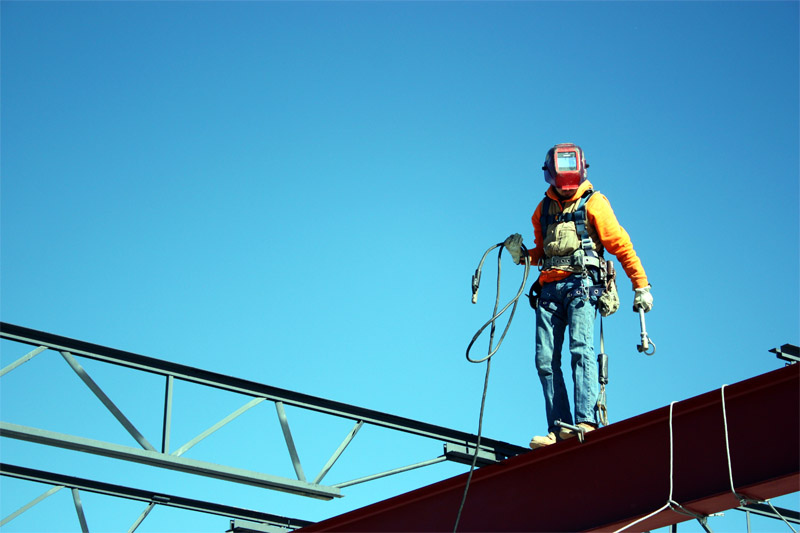The Iron-worker
In Canada, an iron-worker can be a woman or man who works on a construction site dealing with irons or steels. They are seen erecting or dismantling the steel frameworks of metal buildings, hospitals, stadiums, story buildings, bridges, towers, wind turbines, etc. They are seen assembling structural framework that is in accordance with the Canadian engineered drawings. They are mostly seen on heavy construction sites. They can operate forklifts, power hoists and aerial lifts. Iron-workers are the ones who finish the construction buildings when they erect window wall systems and curtain wall systems, stairs, per-caste concrete, handrails, sheeting, metal doors and elevator fronts. They are also responsible for industrial maintenance on- or off-site. The Canadian National Occupation Code for Iron-workers is 7264. Different specialties are required which vary from place, experience and skills, such as reinforcing iron-worker, structural metal erector, rod-worker, ornamental iron-worker and iron-worker.
Iron-Worker Jobs Calgary
The highest hourly average wage that someone can earn in Canada is $36.51 per hour while the lowest average wages is at $23.36 per hour. A typical annual salary is $47,000 – $67,000. In Canada, iron-workers are a vital part of every construction site. They are talented and are seen doing a variety of tasks. Becoming an iron-worker requires an apprenticeship so after completion, the person is qualified to stand as a certified iron-worker with license. It may be difficult for an iron-worker without a proper accreditation to work on any site in Canada because of the sensitivity of the job. With training, they are able to read any engineering drawing and construct structures that are solid and would meet the local standard. Iron-workers must be very knowledgeable for their position and are looked up on by other coworkers. The apprenticeship program will teach them what they need to know in order to succeed in the workplace.

